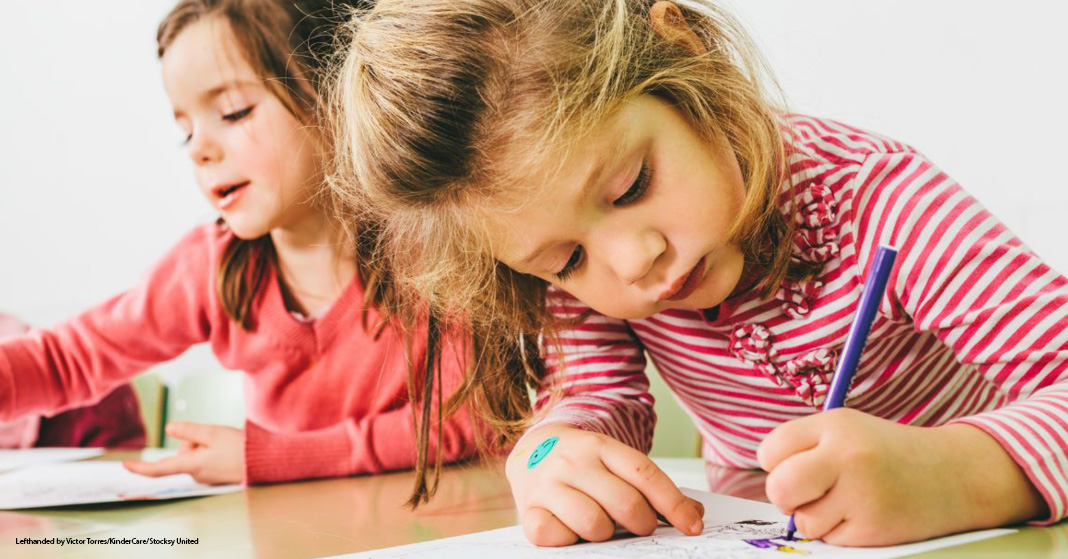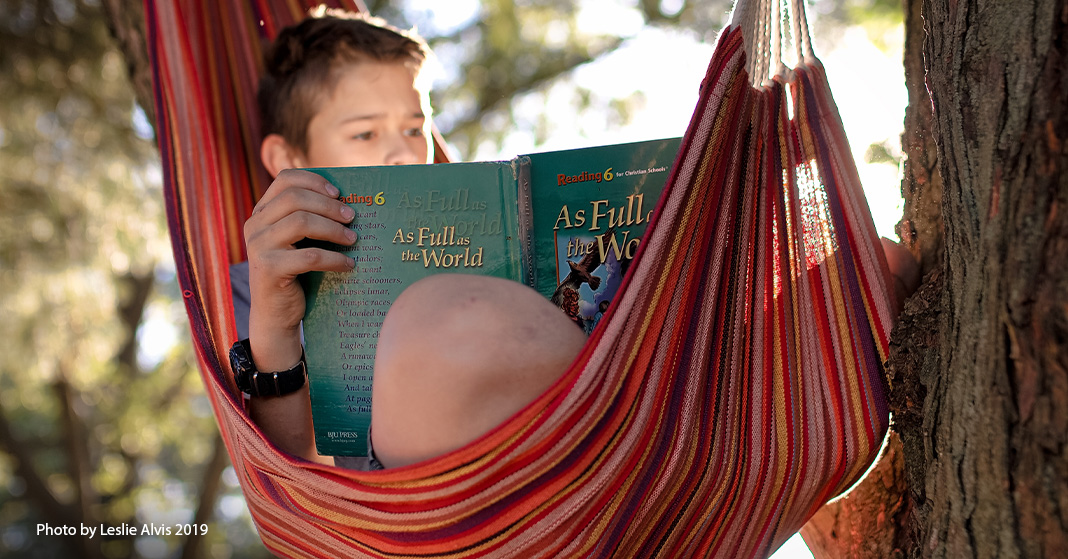
If you have young lefties, you may be unsure of how to teach left-handed writers. But don’t worry! At first their natural tendencies may appear backwards or confusing to you but teaching them writing is very similar to teaching a right-handed child. There are just some important things you should keep in mind when you start teaching them.
Successful Learning
You want your children to succeed in their education. We do too. We offer practical tips for teaching your children math, science, writing, and more! These tips can be applied to any homeschool curriculum. There are also highlights of our new textbooks with examples of how our curriculum trains your children to have success in their learning.
Start here:
Harvest Themed Homeschool Activities

What’s not to love about fall? Cooler weather, colorful leaves, apples, and pumpkins are the perfect inspiration for harvest-themed homeschool activities you can enjoy with your family. It’s an ideal season for both indoor and outdoor creativity, so here are just a few ideas to jumpstart your fall plans.
Find fun fall crafts!
When Homeschooling Gets Hard

Some days, I’m not sure that I can do this homeschooling thing. Some days, I want to quit.
Homeschooling is really, really hard. It might not look hard when you are browsing curriculum catalogs or listening to a veteran homeschool mom on a podcast. But just about any homeschool mom has had the moment—the moment when the task of homeschooling is so overwhelming that she wants to quit entirely. I’ve had that moment. I’ve had many (hundreds?) of those moments. But before you give up homeschooling, consider the following.
21st Century Skills and 21st Century Homeschooling (Part 3)

The Actual 21st Century Homeschooling Part
Homeschool families have known for years that the traditional model for teaching children used in most public schools—reading, lecture, homework, repeat—simply doesn’t work for all children. This model produces students who are good at following directions and taking tests, but not at thinking for themselves. That’s why educators push teaching 21st century skills—the learning skills, the literacy skills, and the life skills. These skills, practically applied to the teaching process, produce a very different model for learning. It’s more than a departure from reading, lecture, and homework. It’s a restructuring of the entire system to make teaching these skills possible. And in your homeschool, you have every advantage in producing a learning environment that supports teaching any skill you want. In fact, you’re likely already well on your way to 21st century homeschooling.
Schools are often locked into one structure or system by the expectations they have to meet. You can forget those expectations and focus on teaching your children how to be better servants. You’re not chasing after grades or test results. You’re preparing your children for the rest of their lives in the 21st century. So how do you do that?
By giving them opportunities to practice the skills.
Creative Thinking: Connecting the Dots

My best friend has always insisted that she is not creative. It’s true that she doesn’t gravitate toward crafty projects. But scrapbooking and making art are not the only ways to be creative. Creative thinking is being able to use what you already know to solve a problem you’ve never seen before. And my friend does that all the time as a doctor in the emergency room. Medical doctors need a strong knowledge base. But they also have to be able to connect that knowledge to the patient sitting in front of them.
Is creative thinking an innate skill, or can you teach it to your children? God, the most creative thinker, made us in His image. Therefore, we all have the potential to think creatively. You can help your children learn to connect prior knowledge to new problems. Here are some ways to instill creative thinking.